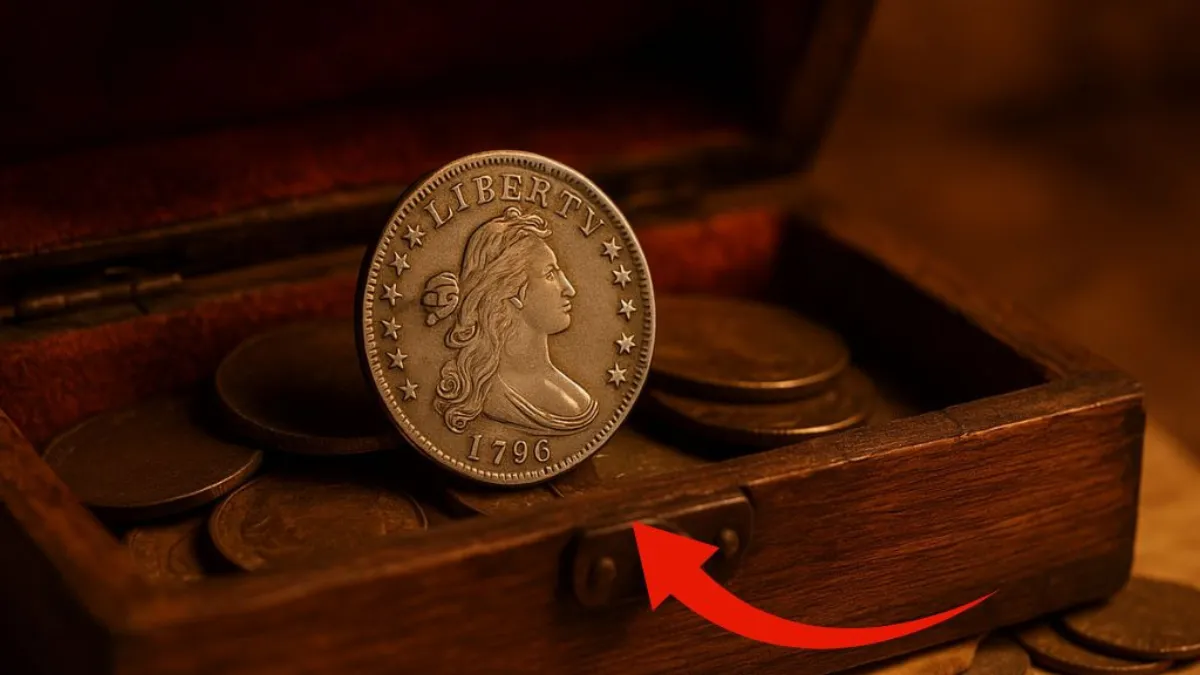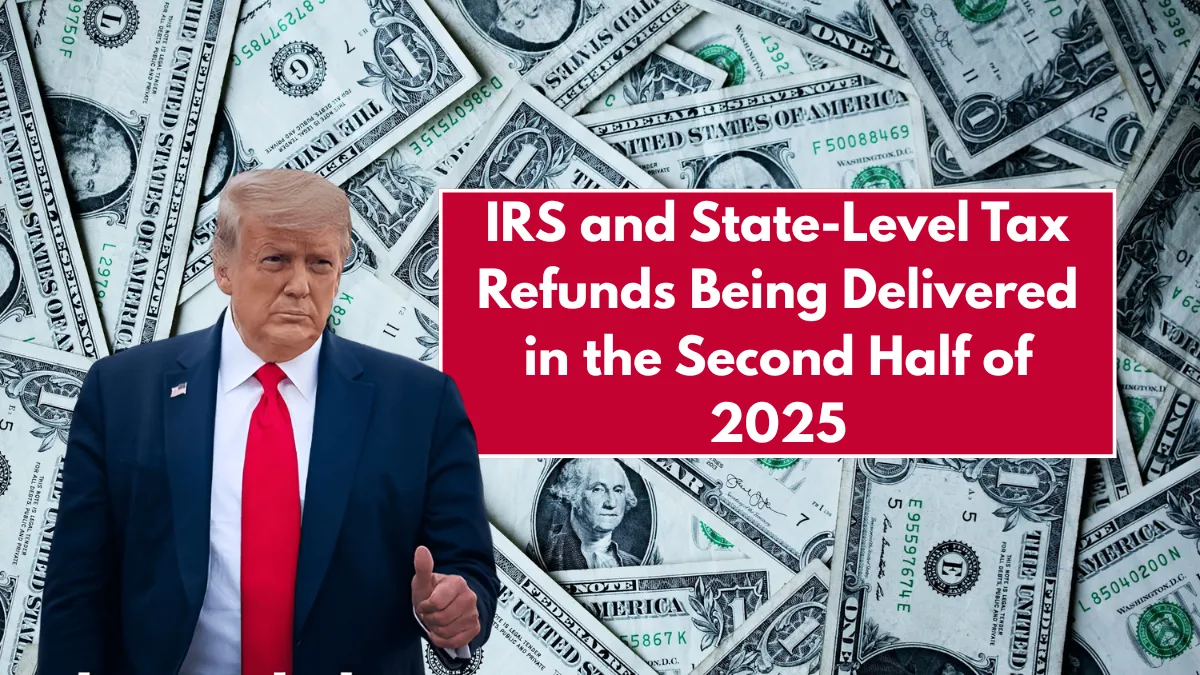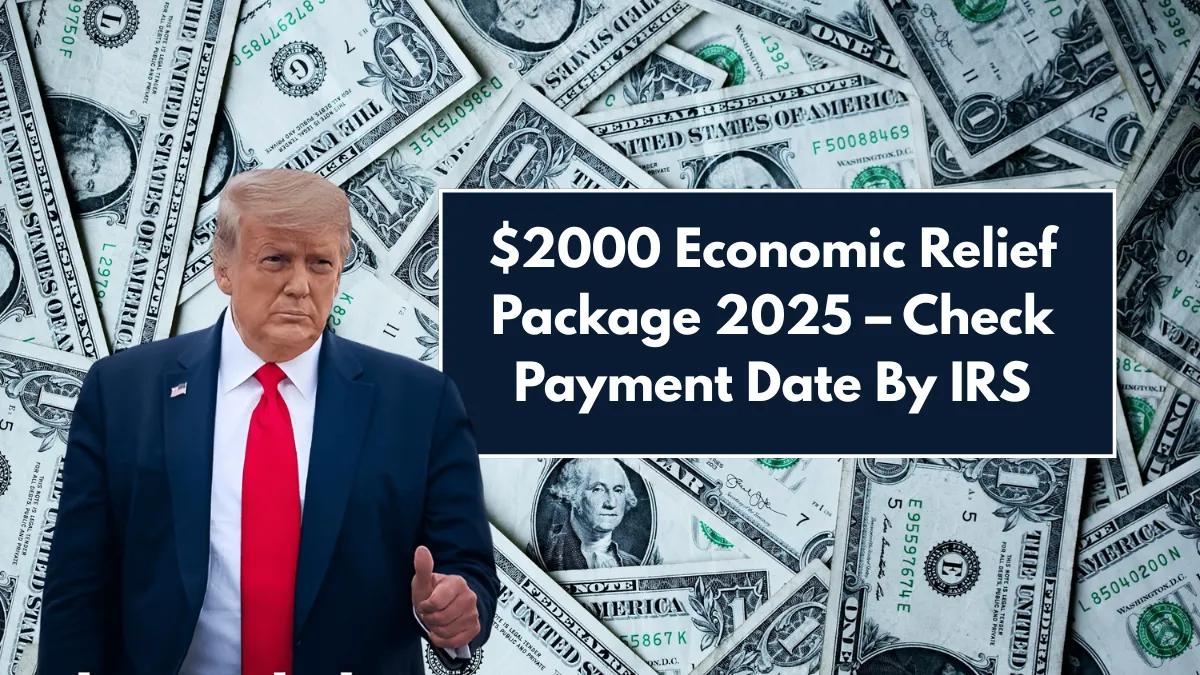A jaw-dropping discovery has rocked the numismatic world: a 1796 Draped Bust Quarter, valued at $6.813 million, was recently found tucked away in an antique coin chest by a retired collector
A stunning revelation has shaken the coin collecting community—a 1796 Draped Bust Quarter has been uncovered in an antique coin chest belonging to a retired hobbyist. The coin, recently appraised at $6.813 million, has sparked widespread fascination among numismatists and investors alike.
Key Details & Figures
| Feature | Detail |
|---|---|
| Year | 1796 (only year of issue for Draped Bust Quarter) |
| Reverse Design | Small eagle within a wreath, unique to this one-year type |
| Mintage | 6,146 coins produced (5,894 in 1796 + 252 in early 1797) |
| Surviving Estimate | Approximately 615 known today (≈10%) |
| Condition Rarity | Only a handful graded MS‑65 or above—MS‑67 graded sells for over $1.7M |
| Discovery Context | Hidden in an old antique chest by a retired collector; classed as a classic “hidden treasure” |
| Valuation | Fresh find valued at $6.813 million |
| Historical Importance | First U.S. quarter ever minted; only 18th-century quarter |
| Designer | Obverse by portraitist Stuarts’ influences, executed by Robert Scot |
Why It’s So Valuable
First Year of Issue
The 1796 quarter holds immense historical weight as the first 25-cent coin issued by the United States, cementing its desirability among collectors.
One-and-Done Design
Its reverse—depicting a small eagle enclosed by a wreath—was never reused, giving it a one-of-a-kind appeal in American coinage history.
Extremely Low Mintage & Survival
With just over 6,000 made and only about 615 believed to survive, its scarcity boosts its prestige and market value.
High-Grade Exception
Very few examples exist in pristine condition. Those graded MS‑66 or MS‑67 fetch millions, with this newly discovered specimen pushing the upper boundaries.
Fortuitous Discovery
The coin’s unexpected recovery by a retired collector has generated major buzz, rekindling public interest in rare U.S. coinage.
Historical Context
- The Draped Bust motif, introduced in 1795, portrays Lady Liberty with flowing hair and was designed by Robert Scot. This style dominated silver coinage until 1807.
- The year 1796 marked a milestone for U.S. coinage, introducing silver denominations like the quarter, dime, and quarter-eagle. Notably, this Draped Bust Quarter stands as the only one minted during the 1700s.
- Production of quarters paused in early 1797 and did not resume until 1804, when a new heraldic eagle design was adopted.
Market Comparisons
- In 2022, a Draped Bust Quarter graded MS‑66 changed hands for $1.74 million.
- Another MS‑66 specimen later sold to GreatCollections for an even higher $2.35 million, setting a new benchmark.
- Now, the recently unearthed coin—likely superior in condition and with an exceptional backstory—has been appraised at $6.813 million, eclipsing previous records.
What’s Next for the Coin?
- The coin is expected to undergo formal grading and authentication by experts at PCGS or NGC.
- It will likely be presented at auction or sold in a high-profile private sale, attracting attention from elite collectors, institutions, and museums.
- Its debut on the market may establish a new record for early American coinage and ignite renewed interest in rare numismatic discoveries.
The $6.813 million 1796 Draped Bust Quarter isn’t just a coin—it’s a monumental piece of American history
Beyond its monetary worth, this coin represents a tangible link to the earliest days of the U.S. Mint. Its impeccable condition, extreme rarity, and sensational backstory make it one of the most remarkable coin finds in recent history.
As it moves through certification and prepares for sale, collectors and historians alike are watching with anticipation.
FAQs
Why is the 1796 quarter so rare?
Its rarity comes from its limited mintage of 6,146 and its status as the only quarter produced in the 1700s. Few have survived, and even fewer in high grade.
What elevates its value to over $6 million?
The coin’s superb condition, pivotal role in American coinage history, and extraordinary rediscovery make it uniquely valuable.
Where does this coin go next?
It’s expected to be authenticated and graded by a leading service like PCGS or NGC. Once certified, it will likely be offered at auction or in a private sale, creating another wave of excitement in the numismatic world.
Ashly is a passionate finance blog writer who simplifies complex money matters for everyday readers. With a keen interest in budgeting, saving, and smart investing, she shares practical tips to help people take control of their financial future. Her clear, relatable writing style makes personal finance feel approachable and empowering.





